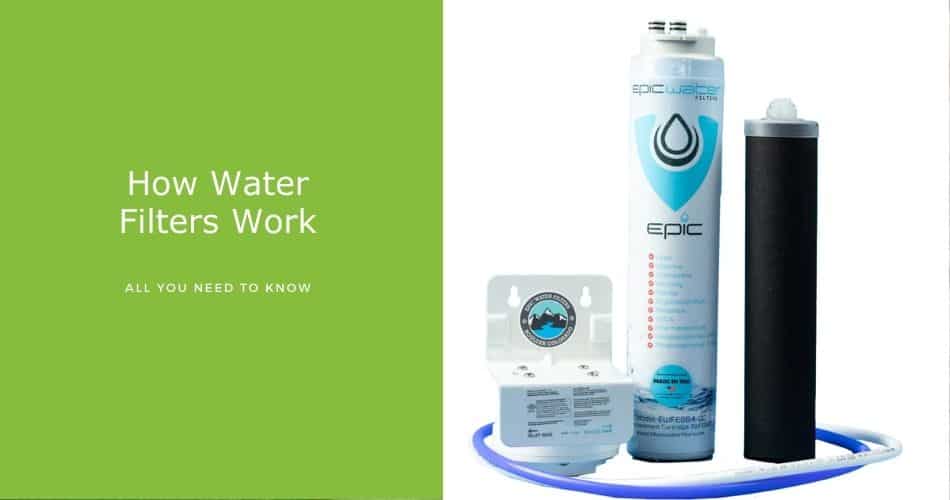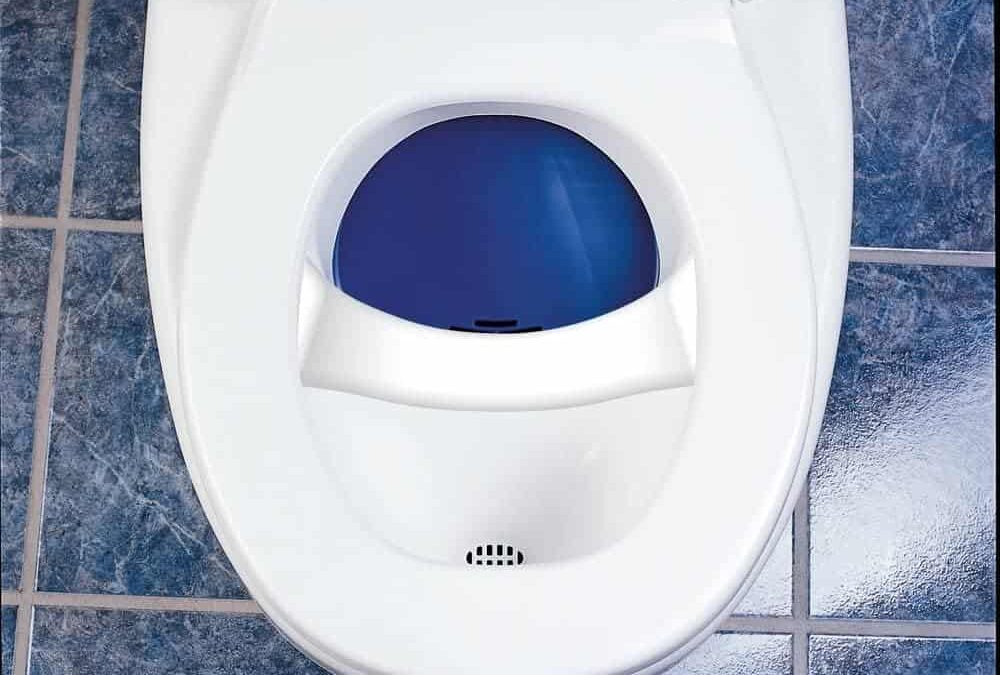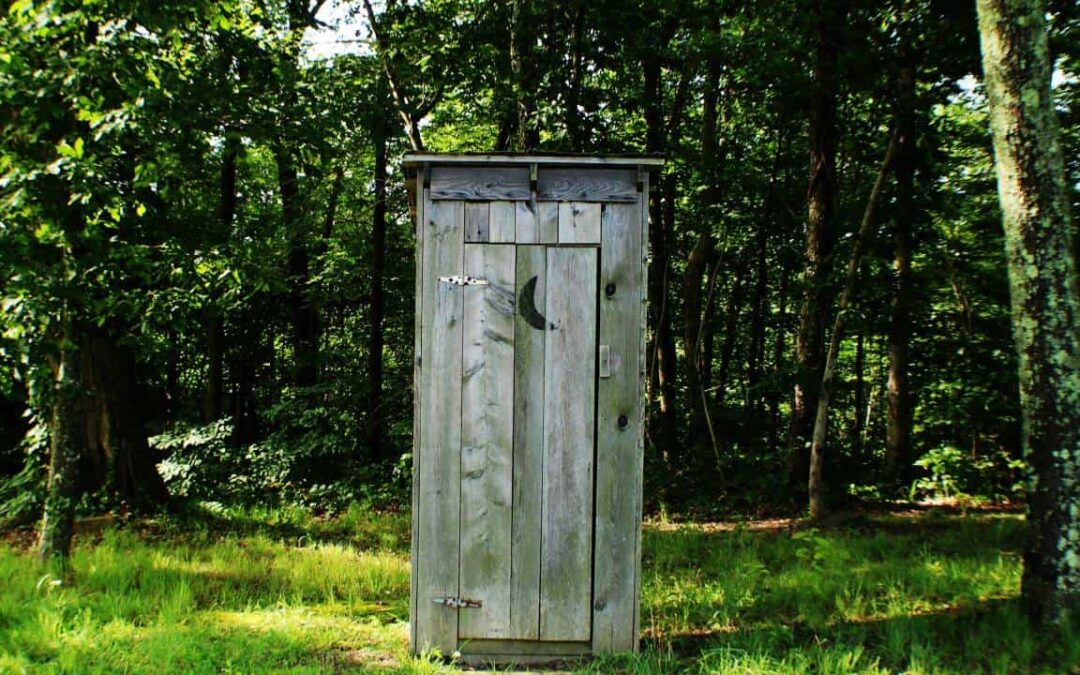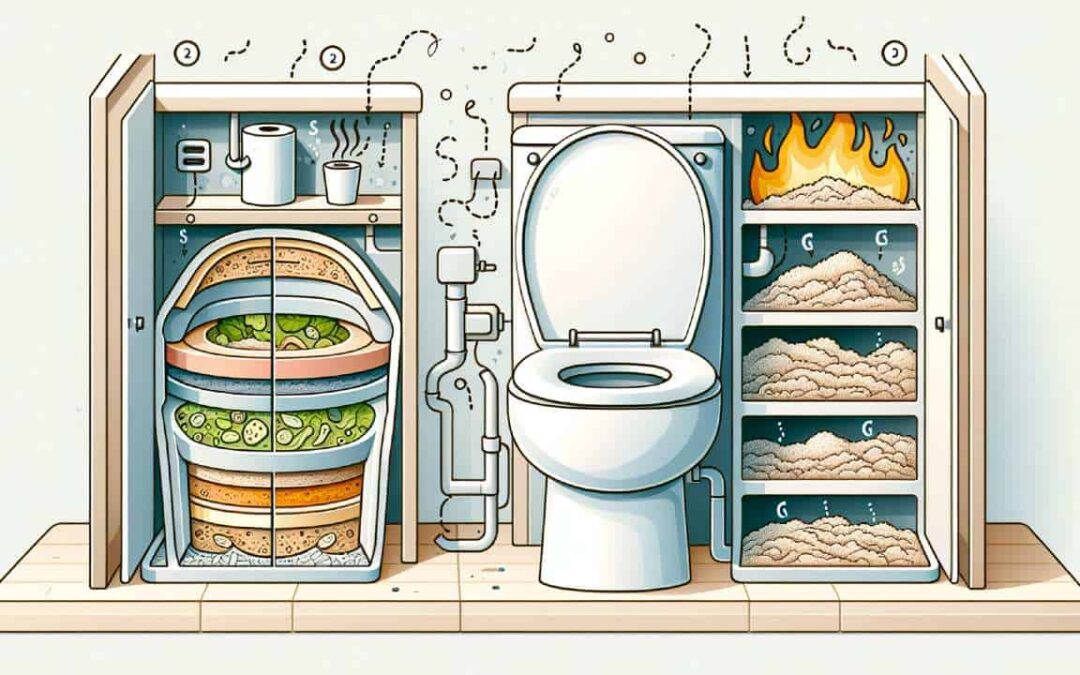Water filters are more widely available and affordable than ever, but many people wonder how water filters work.
Today I’ll run through how different types of water filtration work, why filtering water is essential, what types of contaminants you need to watch out for, and whether or not you even need a home water filter.
The Basics of Water Filtration
At its most basic, water filtration removes or reduces the total concentration of contaminants from water to produce water safe for drinking and other uses. These can include a vast range of different biological, fungal, chemical, or physical contaminants.
Several methods are available for water filtration ranging from large utility-scale water purification plants down to handheld water filters capable of use anywhere in the world. As concerns about water quality grow, interest in affordable, effective water filters has also risen.
Get Your Water Tested
Before looking at water filters, you should always get your water tested. The Safe Drinking Water Information System (SDWIS) Federal Reporting Services is an excellent place to start. It’s an EPA database that maintains comprehensive reports on the status and any violations of every significant water treatment system in the country.
It gives you a general overview of your local water system, any problems it’s had in the past, and how frequently it violates standards. You should still have your tap water tested.
Several factors can significantly change the quality of your water compared to the water system. The age of your home, the composition of your pipes, and overall maintenance of the water transport system can all impact your water.
You can either do it yourself with easy-to-follow home testing kits or have a sample of your water sent off to a lab for in-depth analysis. Most states keep a list of approved water testing laboratories, and many local universities will do so for free if you pay the postage to send your water sample.
Water Filtration Vs. Purification
While you’ll often see these terms used interchangeably, water filtration and water purification are distinct techniques. Filtration uses many physical, chemical, or biological processes but focuses on removing larger contaminants such as physical particles and large biologicals such as bacteria.
Some home water filters are rated to remove chemical contaminants such as chlorine, fluoride, and lead but don’t protect against biological threats. For most home systems, this is an acceptable tradeoff.
Water purification is the gold standard in water treatment and includes reverse osmosis and distillation methods. One thing to keep in mind is that a water purification system is an overkill for most people.
Water purifiers are more expensive to buy and operate, requiring pricey filters with relatively short lifespans and often needing frequent, extensive maintenance.
Types of Water Filters
There are five key types of water filtration available for home users. These are mechanical, absorption, reverse osmosis, ion exchange, and distillation.
Mechanical Filters
Mechanical water filters are the simplest and most common. As water passes through a mesh filter or cartridge, particles are trapped within the filter.
In the past mechanical filters were primarily used to remove physical contaminants such as dirt and debris, but new manufacturing methods have allowed for smaller and smaller pore sizes that can remove more contaminants.
These include hollow fiber membrane technology with pores as small as 0.1 microns, small enough to filter out bacteria, protozoan cysts, and parasites. Currently, Mechanical water filters aren’t capable of removing chemical contaminants such as lead, arsenic, chlorine, etc., nor are they able to remove viruses.
Most modern lightweight hiking water filters such as the Sawyer Mini or Hydroblu Versa are mechanical filters.

Absorption Filters
Absorption filters, also known as carbon filters, rely on activated carbon to chemically absorb contaminants. They come in two main varieties: Granular Activated Carbon (GAC) and Carbon Block Filters.
As the name implies, carbon absorption filters absorb a range of contaminants to improve the overall quality of your water. They’re most effective against chemical contaminants such as chlorine, fluoride, PFAS, pesticides, agricultural runoff, pharmaceuticals, and similar threats.
In the past, they weren’t particularly useful against heavy metals and similar threats, but advances have made them highly effective at removing lead, arsenic, copper, and other contaminants.
Most home water filtration systems are absorption filters of one kind or another. However, their effectiveness varies wildly depending on the size of the filter, the source of carbon, the age of the filter, and the level of contamination in your water.
Examples of absorption filters include the popular Brita pitcher, Epic Smart Shield home water filter, and Hydroviv Under Sink Water Filter.

Reverse Osmosis
Reverse osmosis water filters use a semi-permeable membrane and hydraulic pressure to remove effectively all particles and contaminants in your water. In the past reverse osmosis systems were mainly found in utility-scale water treatment plants or costly specialist systems. Now advances have lowered the price and scale to the point where quality reverse osmosis filters are available for home use.
Because reverse osmosis removes virtually all contaminants, it’s the best system if your water is significantly contaminated and you’re willing to pay a premium over the system’s life. If you have any concerns about radionuclides, a reverse osmosis system is the way to go.
Reverse osmosis is the current gold standard for water filtration technology.

Distillation
Distillation has been used by humans for thousands of years and relies on fairly basic thermodynamic principles. When water boils it rises as steam, leaving behind all other particles and possible contaminants.
A distillation water filter harnesses this process by boiling water and allowing the steam to recondense in a second holding tank. The resulting water is chemically pure, with no contaminants. This has the added effect of removing dissolved solids such as calcium that harden your water.
One thing to remember is that pure water is a powerful solvent. Using distilled water in certain appliances can help prevent hard water build-up, but over time it can corrode the internal parts.
Distillation systems are affordable but can be expensive to operate over the long term, given power and maintenance needs. Prices have come down some, with effective countertop units now available, but you should still keep total system cost in mind.

Ion Exchange
Ion exchange is a specialized type of water filtration that relies on the exchange of ions to soften hard water chemically. Ion exchange filters are generally filled with a specialized resin made up of sodium ions that remove hard minerals.
Ion exchange filters are great if you’ve got very hard water causing adverse effects but aren’t suitable for removing biological or other chemical threats. An ion exchange filter won’t reduce chlorine, lead, or other chemical contaminants.
What Can Water Filters Remove?
The type and level of contaminants a water filter can remove vary significantly depending on numerous factors, including the filter type, effectiveness, filter life, and even water conditions. Generally, though, there are four main categories of contaminants that filters can protect against.
These are physical, biological, chemical, and radiological (radionuclides) contaminants.
Physical Contaminants
Physical contaminants are the first and largest contaminants found in water. They include a broad range of substances, including:
- Soil
- Plant Matter
- Glass
- Plastics (Especially Microplastics)
- Rubber
- Cloth Fibers
- Bone
- Algae

(Source: https://www.flickr.com/photos/oregonstateuniversity/21282786668/)
Water that visibly looks dirty likely has a high concentration of physical contaminants. Physical contaminants are commonly found in untreated water such as that drawn from a river, stream, or lake.
Physical contaminants are the largest types of contaminants in water and the easiest to remove. That’s no reason to discount them. Physical contaminants can still cause significant adverse health consequences if not properly filtered.
In a pinch, you can remove a noticeable amount of physical contamination using a handkerchief or other cloth. We always recommend you prefilter water with physical contamination before putting it in a more advanced (and expensive) water filter.
Biological Contaminants
Biological contaminants are the next largest contaminant after physical but are significantly smaller. They broadly include:
- Bacteria
- Protozoa
- Parasites
- Viruses
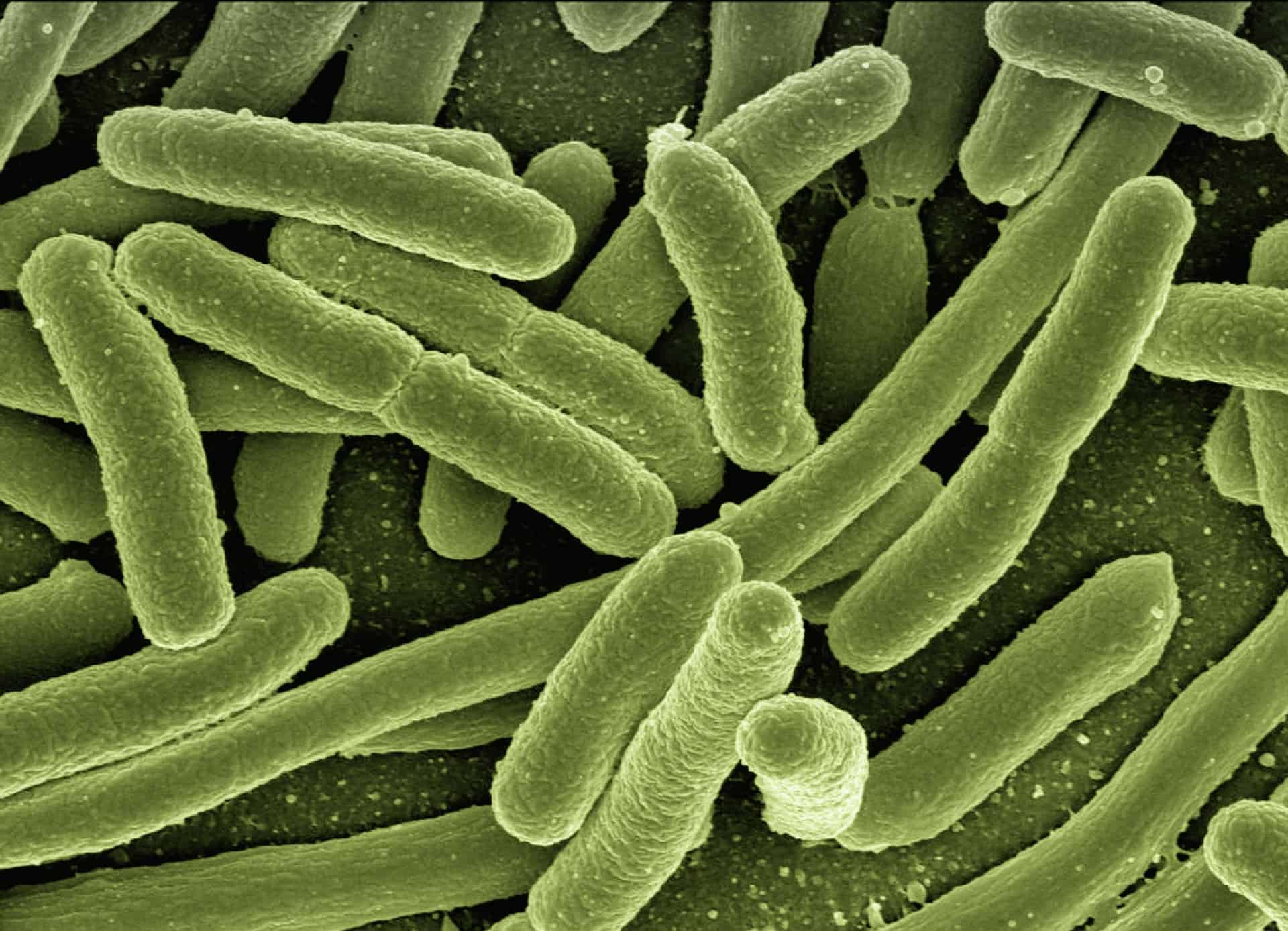
There are numerous strains and individual illnesses to be concerned about within these four categories of biological contaminants. Some are relatively harmless, but others such as E.Coli, Cryptosporidium, Giardia, and Legionella can cause serious illness.
Modern mechanical filters are capable of removing bacteria, protozoa, and parasites but are not capable of removing viruses. If your water is from a biologically uncertain source, it should be treated with the utmost caution. A mechanical/absorption filter such as the Big Berkey or Alexapure is a great place to start.
They combine high-quality mechanical filters with solid-block activated carbon absorption filters to remove the full range of biological contaminants.
Chemical Contaminants
Chemical contaminants are the most significant threat facing most people on public water sources. Water treatment in the U.S. is generally highly effective. Still, the sheer range of chemical hazards and the potential entry points after the treatment systems mean chemical contamination of water is what most people are concerned with.
One thing that makes chemical contaminants so potentially hazardous is the sheer range of possible threats. Chemical contaminants include:
- Chlorine
- Flouride
- Heavy Metals (Lead, Arsenic, Copper, Manganese, Chromium, Zinc)
- Pharmaceuticals
- Agricultural Runoff (Pesticides, Fertilizers, Fungicides)
- PFAS
- Industrial Chemicals

Chlorine and Flouride are added to the water supply as part of public health campaigns, but many desire to remove them from their drinking water. Chlorine, in particular, can cause an unpleasant taste.
Other chemical contaminants pose a more serious potential threat. Heavy metals can cause significant physical and developmental problems, particularly in children, with lead being one of the most potentially damaging.
PFAS, industrial chemicals, and agricultural runoff can all cause health issues with long-term exposure. Depending on the concentration, more acute symptoms may occur.
Thankfully we now have highly effective water filters of multiple types to protect against chemical contaminants. Absorption filters, reverse osmosis, and distillation systems are all capable of removing chemical threats.
Radiological Contaminants
Radiological contaminants, like anything with radioactive involved, sound pretty scary to many people. They’re more commonly known as radionuclides and thankfully aren’t as much of a threat as their name would imply.
Radionuclides occur because of natural deposits of radioactive elements and compounds found in soil. The most common include:
- Uranium
- Radium
- Radon

Radionuclides enter the water supply through absorption as water reserves pass over and through the soil. Utility-scale water treatment systems carefully map the sources of their water supply and monitor them for radionuclides.
If you’re on well water, they can be a much more severe threat, so you should have your well water tested yearly.
Several methods are available to filter out radiological contaminants, including high-quality carbon block filters such as the Big Berkey, a water distiller, or a reverse osmosis water filter.
Should You Filter Your Water?
This one’s a trickier question than you might think. Generally speaking, the U.S. has a world-class network of public water systems, with virtually every American having access to clean, treated water. Under most circumstances, you can rest easy knowing that biological, physical, and radiological contaminants aren’t in your water.
Chemicals are, unfortunately, another matter. As we’ve seen in numerous high-profile examples, accidents can happen, and potentially dangerous contaminants can still get through. Even worse, emerging threats such as microplastics, pharmaceutical remnants, and long-lasting chemical compounds such as PFAS have been found in potentially worrying concentrations even in treated or bottled water.
Given the widespread availability and astounding affordability of modern home water filtration systems, we highly recommend you hedge your bets and filter your water.
Final Thoughts
There are multiple ways to filter water, with the different water filter types more or less suitable for specific threats. Before you purchase a water filter, you should have your water tested.
That way you’ll know what contaminants you’re dealing with and how serious you need to be about getting a high-quality water filtration system.

